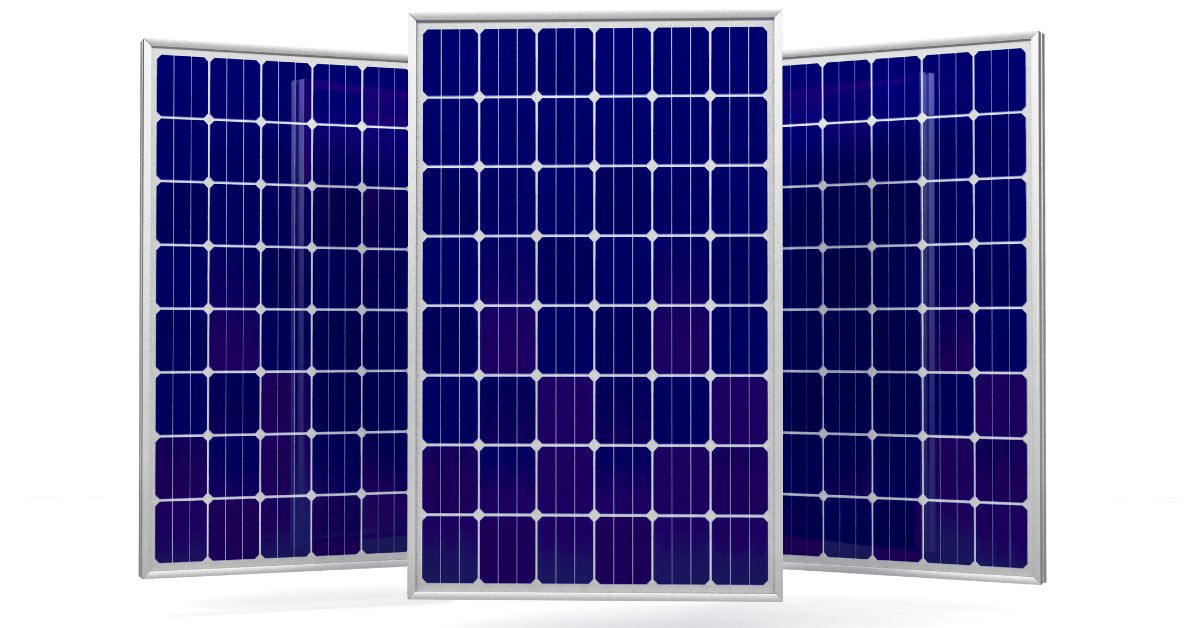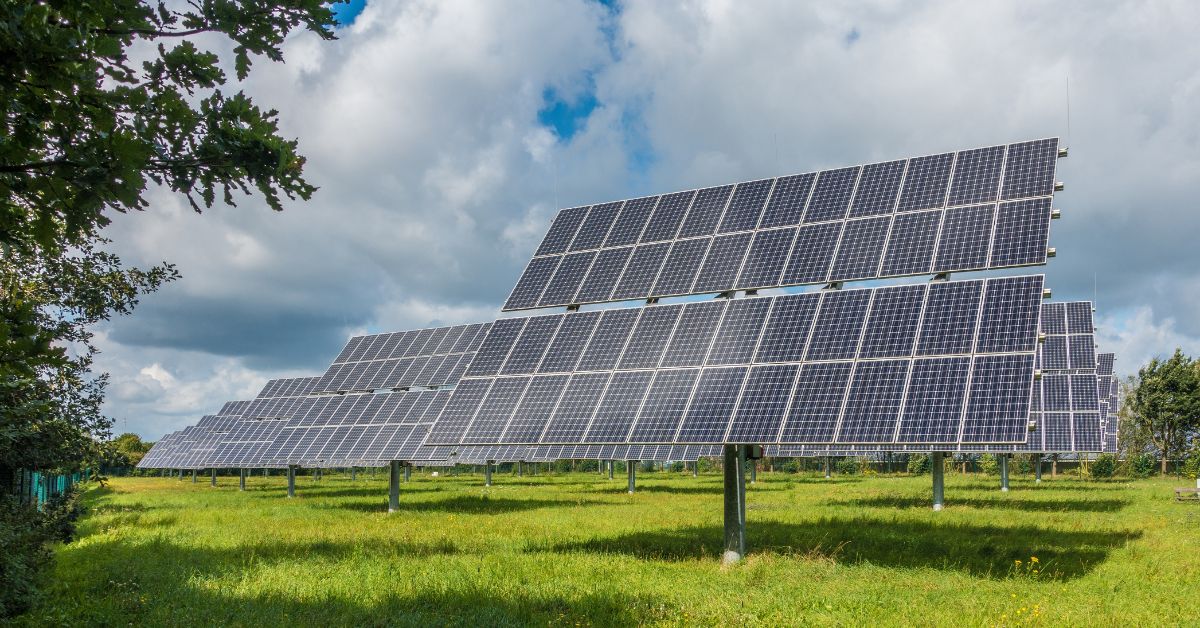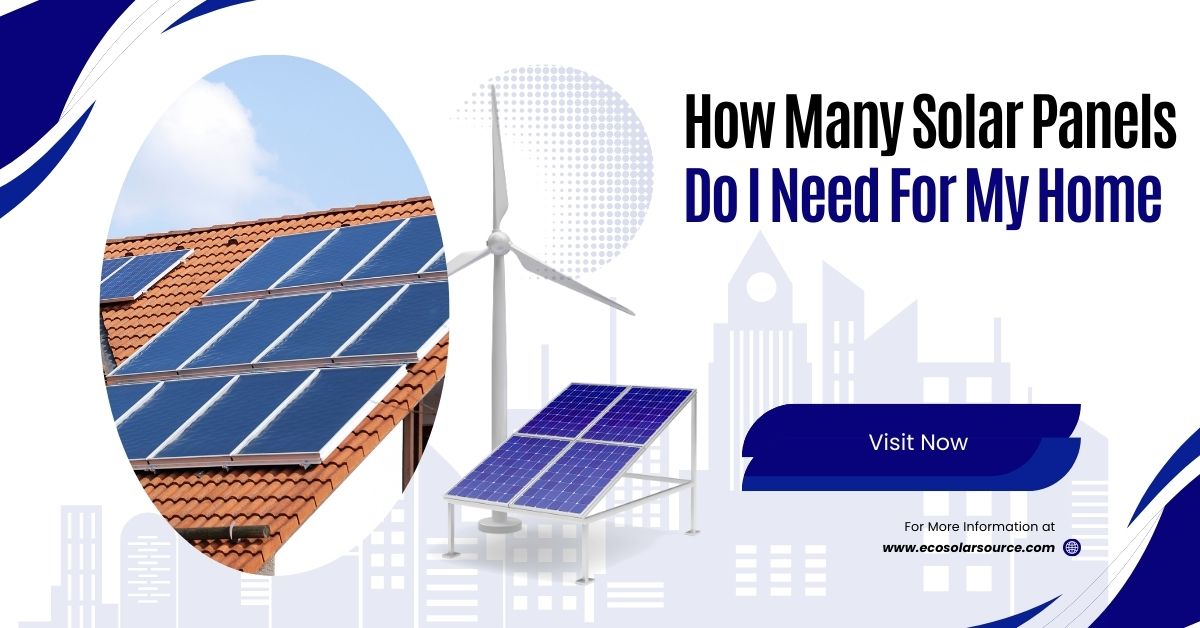How Many Solar Panels Do I Need For My Home
To determine How Many Solar Panels Do I Need For My Home, consider several factors: your household’s energy consumption, roof size, and local sunlight hours. Start by checking your utility bill for your average monthly usage in kilowatt-hours (kWh).
Solar panels typically produce between 250 to 400 watts each, so you can divide your total energy needs by the panel’s output. Also, factor in efficiency losses, local weather patterns, and shading. An energy-efficient home with moderate usage might need fewer panels, while larger homes or high-consumption households may require a bigger array for sufficient energy generation.
Table of Contents
How Many Solar Panels Do I Need for My Home?
As solar energy becomes more accessible and affordable, many homeowners are considering the benefits of installing solar panels to reduce their reliance on traditional energy sources. One of the most common questions they ask is: “How many solar panels do I need for my home?” This is an important consideration, as the size and number of solar panels you need will determine both the upfront cost and the potential savings you can expect from the system. In this blog post, we will explore the key factors that affect how many solar panels are necessary, how to calculate the correct number for your home and provide practical examples to guide you.
Understanding Solar Energy and Its Benefits
Before diving into the specifics of how many solar panels you need, it’s important to understand why solar energy is so popular and what advantages it offers. Solar energy harnesses the power of the sun, converting sunlight into electricity using photovoltaic (PV) cells. These cells are the foundation of solar panels and can be installed on rooftops or mounted on the ground.

Key benefits of solar energy include:
- Cost Savings: Once installed, solar panels can significantly reduce or eliminate your electricity bills. In some cases, homeowners can even sell excess electricity back to the grid.
- Environmental Impact: Solar power is a clean, renewable energy source that produces no greenhouse gas emissions, making it an eco-friendly alternative to fossil fuels.
- Energy Independence: With a solar power system, homeowners are less reliant on the fluctuating prices of traditional energy providers.
- Increased Home Value: Studies show that homes with solar panels have higher property values and are more attractive to buyers.
- Government Incentives: Many countries and states offer tax credits, rebates, and other incentives to encourage the adoption of solar energy.
Factors That Determine How Many Solar Panels You Need
Several factors influence the number of solar panels required to power your home. Let’s break them down:
1. Your Energy Consumption
The first and most crucial factor in determining the number of solar panels you’ll need is how much electricity your home consumes. Most utility bills will show you your average monthly or yearly electricity consumption in kilowatt-hours (kWh). If you don’t have easy access to your energy bills, you can estimate this based on the size of your home and your typical energy usage.
- Low Consumption: A small home with energy-efficient appliances, LED lighting, and minimal heating/cooling needs may consume between 500 and 800 kWh per month.
- Average Consumption: A typical American home uses around 877 kWh per month (according to the U.S. Energy the Information Administration).
- High Consumption: Larger homes with pools, electric vehicles, or energy-intensive appliances can consume 1,200 kWh or more each month.
Once you know your monthly consumption, you can multiply that by 12 to get your annual energy use. For example, a home using 877 kWh per month would consume approximately 10,524 kWh annually.
2. The Efficiency of the Solar Panels
Not at all solar panels are created equal. Their efficiency—the amount of sunlight they can convert into usable electricity—varies. Solar panel efficiency typically ranges between 15% and 22%, with higher-efficiency panels able to generate more electricity in less space.
The more efficient a panel is, the fewer you will need to produce the same amount of electricity. However, higher-efficiency panels also tend to be more expensive, so it’s essential to balance cost and efficiency when choosing a solar panel system.
3. The Amount of Sunlight Your Home Receives
The amount of sunlight your home receives plays a significant role in how many solar panels you’ll need. Homes in sunnier locations (such as the southwestern United States) can generate more electricity with fewer panels compared to homes in areas with less sunlight (like the Pacific Northwest or northern Europe).
To estimate the solar potential for your home, you can use tools like Google’s Project Sunroof, which uses satellite imagery to provide a customized estimate of your home’s solar potential based on local weather patterns and rooftop characteristics.
If you live in an area that experiences more cloud cover or shorter days in winter, you will need more panels to meet your energy needs.
4. Roof Space or Ground-Mounted Options
The amount of available roof space is another factor to consider. Solar panels require a significant amount of space, and if your roof is small or shaded, you may need to get creative about where to install them. Ground-mounted solar panels are an alternative option for homes with large properties but limited rooftop space.
Typically, a standard solar panel measures about 65 inches by 39 inches (about 5.4 feet by 3.25 feet), and each panel produces around 300 to 400 watts of power. The number of panels you can install depends on the available area, the orientation of your roof (south-facing roofs are ideal for solar panels in the Northern Hemisphere), and any obstructions like chimneys or skylights.
5. Local Utility Rates and Net Metering Policies
In some regions, your utility company may offer net metering, which allows you to sell excess energy generated by your solar panels back to the grid. Net metering can be a significant financial incentive, as it allows you to offset the cost of electricity you use when your solar panels aren’t producing (such as at night).
If your utility company offers net metering, you might not need to size your system to cover 100% of your energy needs. Instead, you could install enough panels to cover a portion of your usage and rely on net metering to make up the difference.
6. Battery Storage Options
Solar battery systems, like the Tesla Powerwall or LG Chem, allow homeowners to store excess solar energy for use during times when the sun isn’t shining. If you invest in a solar battery, you may be able to reduce the number of panels you need, as the stored energy can be used to offset peak usage times.
However, solar battery systems can be expensive, so it’s important to factor this into your overall budget.
How to Calculate the Number of Solar Panels You Need
Now that you understand the key factors influencing the number of solar panels required for your home, let’s go through the process of calculating how many you will need.

Step 1: Determine Your Energy Usage
Start by finding out your home’s energy consumption. You can do this by reviewing your past utility bills. If your consumption varies by season (due to heating and cooling), it’s helpful to take the average of your energy usage over a full year.
For this example, let’s assume your home uses 10,524 kWh annually.
Step 2: Find Out Your Local Sunlight Hours
Next, determine how much sunlight your home receives. This is typically expressed as “peak sunlight hours” per day, which represents the time during which the sun’s intensity is strong enough to generate electricity from solar panels.
For example, a home in Arizona might receive 6.5 peak sunlight hours per day, while a home in New York might receive 4 hours.
Using this information, we can calculate how much energy a solar panel can generate in a year. Here’s a simple formula:
Energy Generated=Panel Wattage×Sunlight Hours Per Day×365\text{Energy Generated} = \text{Panel Wattage} \times \text{Sunlight Hours Per Day} \times 365Energy Generated=Panel Wattage×Sunlight Hours Per Day×365
For instance, a 400-watt panel in Arizona (6.5 sunlight hours per day) will generate:
400 watts×6.5×365=949,000 watt-hours or 949 kWh annually400 \text{ watts} \times 6.5 \times 365 = 949,000 \text{ watt-hours or 949 kWh annually}400 watts×6.5×365=949,000 watt-hours or 949 kWh annually
If you live in New York with 4 peak sunlight hours, the same panel will generate:
400 watts×4×365=584,000 watt-hours or 584 kWh annually400 \text{ watts} \times 4 \times 365 = 584,000 \text{ watt-hours or 584 kWh annually}400 watts×4×365=584,000 watt-hours or 584 kWh annually
Step 3: Calculate the Number of Panels You Need
Now, divide your annual energy usage by the annual energy output of a solar panel to find out how many panels you need.
Using our example:
- In Arizona: A home with 10,524 kWh usage and 949 kWh output per panel would need approximately:
10,524÷949=11.09 panels10,524 \div 949 = 11.09 \text{ panels}10,524÷949=11.09 panels
So, you would need about 11 panels in Arizona to meet your energy needs.
- In New York: A home with 10,524 kWh usage and 584 kWh output per panel would need approximately:
10,524÷584=18.02 panels10,524 \div 584 = 18.02 \text{ panels}10,524÷584=18.02 panels
Thus, you would need around 18 panels in New York.
Real-World Examples of Solar Panel Installations
To give you a clearer idea of how solar panel installations work in different scenarios, let’s look at a few real-world examples:
Example 1: Small, Energy-Efficient Home
- Location: Los Angeles, California
- Home Size: 1,200 square feet
- Energy Usage: 500 kWh per month (6,000 kWh per year)
- Sunlight Hours: 5.5 hours per day
- Panel Efficiency: 320-watt panels
This homeowner would need:
6,000÷(320×5.5×365)=10.4 panels6,000 \div (320 \times 5.5 \times 365) = 10.4 \text{ panels}6,000÷(320×5.5×365)=10.4 panels
Rounding up, this homeowner would need about 11 solar panels.
Example 2: Large Home with Electric Vehicle
- Location: Dallas, Texas
- Home Size: 3,000 square feet
- Energy Usage: 1,200 kWh per month (14,400 kWh per year)
- Sunlight Hours: 5.0 hours per day
- Panel Efficiency: 400-watt panels
This homeowner would need:
14,400÷(400×5.0×365)=19.72 panels14,400 \div (400 \times 5.0 \times 365) = 19.72 \text{ panels}14,400÷(400×5.0×365)=19.72 panels
Rounding up, this homeowner would need about 20 solar panels.
Cost Considerations
The cost of solar panels has decreased significantly over the past decade, but it’s still a substantial investment. The average cost of a residential solar panel system in the U.S. ranges between $15,000 and $25,000 after tax incentives.

Factors that affect the overall cost include:
- Size of the system: Larger systems with more panels will naturally cost more.
- Type of panels: Higher-efficiency panels are more expensive but require fewer units to produce the same amount of energy.
- Installation costs: Depending on the complexity of the installation (e.g., roof type, wiring requirements), labor costs can vary.
- Incentives and rebates: Local, state, and federal programs can significantly reduce the upfront cost.
FAQs About How Many Solar Panels Do I Need For My Home
Q1. How do I calculate the number of solar panels I need for my home?
To estimate this, divide your home’s average energy consumption (in kilowatt-hours or kWh) by the wattage of a solar panel and then account for daily sunlight hours. A professional solar installer can give you an accurate estimate.
Q2. What factors influence the number of solar panels required?
Factors include your energy usage, the efficiency of the panels, available roof space, local sunlight hours, and the angle/orientation of the panels.
Q3. How many kWh of electricity does an average home use?
The average U.S. home consumes about 10,400 kWh per year (around 870 kWh per month), but this varies significantly depending on the size of your home, local climate, and personal habits.
Q4. What size solar panel system is typically recommended for a home?
For an average home, a system of 5kW to 6kW is common. This typically requires 15–20 solar panels depending on the wattage of each panel.
Q5. How does roof size affect the number of solar panels I need?
Roof size determines how many panels can physically fit on your roof. Smaller roofs may require more efficient (higher-wattage) panels to generate the same amount of energy.
Q6. Does shading or roof orientation impact the number of solar panels needed?
Yes, shading and roof orientation can reduce the efficiency of solar panels. If your roof has significant shading or isn’t facing south (in the northern hemisphere), you may need more panels or specialized systems like micro-inverters to maximize output.
Q7. How efficient are modern solar panels?
Modern solar panels typically range from 15% to 22% efficiency. Higher-efficiency panels produce more electricity per square foot, which could reduce the number of panels needed.
Q8. Can I offset 100% of my electricity bill with solar panels?
Yes, with a properly sized system and sufficient sunlight, you can offset 100% of your electricity bill. However, this depends on factors like your local net metering policies and your actual energy consumption.
Q9. What happens if I install too few or too many solar panels?
If you install too few, you’ll still draw electricity from the grid, reducing your savings. If you install too many, you may produce more energy than you can use or sell back, potentially increasing upfront costs unnecessarily.
Q10. How do local weather and climate affect the number of panels I need?
Homes in areas with more sunlight hours (like the Southwest U.S.) may need fewer panels, while homes in cloudier regions may require more to generate the same amount of energy.
Determining how many solar panels you need for your home requires a careful evaluation of your energy usage, local sunlight conditions, available space, and panel efficiency. By following the steps outlined in this guide, you can make an informed decision about the size of the solar panel system that will best meet your needs.
Solar power is a long-term investment that can pay off in reduced energy bills, environmental benefits, and increased property value. With proper planning, you can optimize your solar panel system to ensure that it meets your energy needs and budget.
To determine how many solar panels your home needs, calculate your energy usage, available roof space, and local sunlight exposure. By knowing these factors and your system’s efficiency, you can estimate the right number of panels. Consulting a solar professional ensures optimal results tailored to your energy goals and budget.
If you’re considering going solar, it’s also a good idea to consult with a professional solar installer who can assess your home’s unique characteristics and provide a more precise estimate tailored to your situation.
Click here to learn more about How Many Solar Panels Do I Need For My Home
Click here to learn more about 5kw Solar System Price in India With Subsidy

